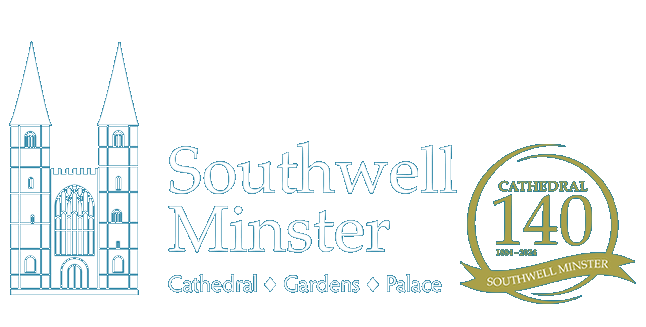Archbishop’s Palace Timeline
Some key dates at the Archbishop’s Palace.
956
King Eadwig gives Archbishop Oskytel the land of Southwell, including the grounds of the Palace.
1051
Bishop Aelfric dies at the Palace. This is the first known account of an Archbishops Palace being mentioned in historical record.
1086
The Palace is mentioned in the Domesday Book.
Medieval Period
By the Middle Ages a substantial Palace was onsite. The Palace was part of the 132-acre Southwell Park, which also included common pasture.
1108
Archbishop Gerard is found dead in the garden; beneath his pillow a book of astronomy and mathematics was found, considered heretical at the time.
1194
King Richard I stays at the Palace.
1213
King John stays at the Palace.
1258
King Henry III stays at the Palace.
1281
King Edward I stays at the Palace.
1331
King Edward III stays at the Palace.
11th-12th Centuries
A traditional manor is built of timber on the site of the Palace.
1360-1452
The manor is rebuilt using stone.
1395
Richard II stays at the Palace.
Tudor Period
1530
Cardinal Wolsey spends his last summer at the Palace, trying in vain to appease Henry VIII over his failure to gain a divorce from Catherine of Aragon.
1642
English Civil War ensues.
1642-6
King Charles I uses the Palace extensively during the first Civil War.
1646
King Charles I is held captive here before his death. In 1649 the Palace and the Minster are partially dismantled by soldiers during the Civil War. Stones from the Palace are taken by villagers to build their own homes.
1818
The Palace is home to “a very respectable seminary for young ladies” and serves as a courthouse for the “Soke of Southwell”
Early Victorian Period
1851
Victorian restoration of the Palace begins.
 Late Victorian Period
Late Victorian Period
1884
The Minster gains Cathedral status.
For fuller information, our booklet Southwell Minster: A History & Guide is available at £5 (plus p&p) from the Minster Shop: cathedralshop@southwellminster.org.uk Tel: 01636 812933
FIND OUT MORE ABOUT:
[social_warfare]
